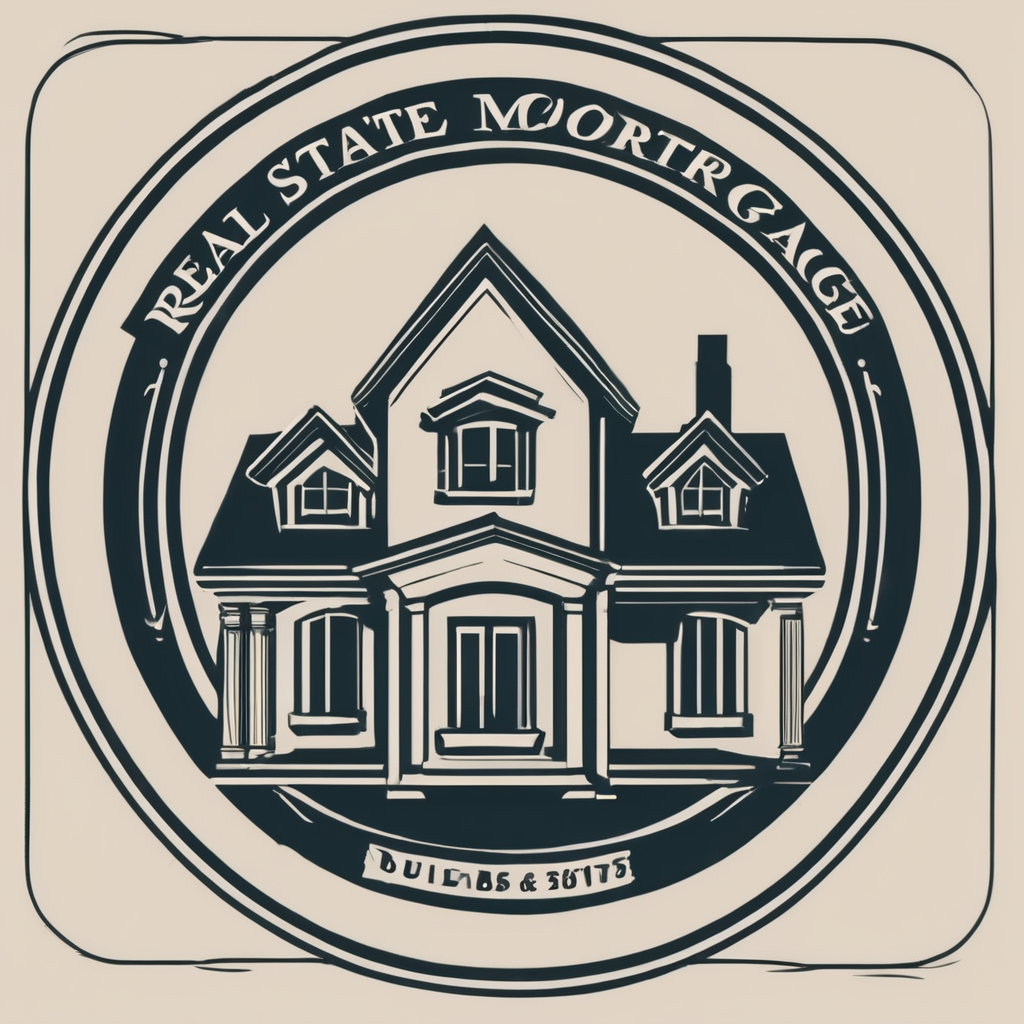Investing in real estate can be a highly lucrative venture, especially in the UK, where property markets are often vibrant. However, when it comes to leasehold properties, things can get a bit complicated. Understanding the pros and cons of investing in leasehold properties is essential for making informed decisions. This article aims to provide a comprehensive look at both the advantages and disadvantages of investing in leasehold properties in the UK, helping you to navigate the complexities of leasehold and freehold ownership.
Understanding Leasehold Property and Freehold Property
Before diving into the advantages and disadvantages, it’s crucial to understand the basic concepts of leasehold and freehold properties.
A lire en complément : What Are the Key Factors to Consider When Investing in Properties Near UK Universities?
Leasehold Property
A leasehold property means that you own the property for a set number of years, decades, or even centuries, but you do not own the land on which the property is built. The land is owned by a freeholder, and you essentially lease it from them. Typically, this involves paying ground rent and possibly service charges.
Freehold Property
In contrast, a freehold property means you own both the building and the land it stands on. Freehold ownership is generally simpler and more straightforward, as you have complete control over the property without needing to pay ground rent or service charges to a freeholder.
A lire en complément : How to Leverage Government Grants for Sustainable Property Developments in the UK?
Advantages of Investing in Leasehold Properties
Despite the complexities and additional costs associated with leasehold properties, there are several advantages to consider.
Lower Initial Costs
One of the most significant advantages of investing in leasehold properties is the lower initial costs compared to freehold properties. Because you are not purchasing the land, the upfront investment is generally lower, making it easier to get into the property market.
Potential for High Rental Yields
Leasehold properties often come with lower purchase prices, but they can still command high rents, especially in desirable areas. This can result in higher rental yields compared to freehold properties. For investors looking for a steady rental income, leasehold properties can be an attractive option.
Opportunity for Property Appreciation
In some cases, leasehold properties can appreciate in value over time, particularly if the surrounding area undergoes development or gentrification. This can make leasehold properties a good long-term investment, despite the potential for additional costs and fees.
Easier Entry into Prime Locations
Many properties in prime locations, such as city centres, are leasehold. Investing in leasehold properties can provide easier access to these desirable areas, which might otherwise be prohibitively expensive if you were looking to purchase a freehold property.
Disadvantages of Investing in Leasehold Properties
While there are several advantages to buying leasehold, there are also notable disadvantages that can impact your investment.
Limited Lease Term
One of the most significant drawbacks of leasehold properties is the limited lease term. As the lease term decreases, the property’s value can decline, making it less attractive to buyers and more challenging to secure a mortgage. Extending the lease can be costly and time-consuming.
Additional Costs and Fees
Owning a leasehold property often involves additional costs such as ground rent, service charges, and insurance premiums. These costs can add up and affect the overall profitability of your investment. Moreover, these charges can increase over time, further impacting your returns.
Limited Control Over the Property
As a leaseholder, you have limited control over the property. Major decisions about the building and land are typically made by the freeholder. This can include decisions about maintenance, renovations, and other significant changes. You may also need to seek permission from the freeholder for any substantial alterations, adding another layer of complexity.
Potential for Disputes
Disputes between leaseholders and freeholders are not uncommon. Issues can arise over service charges, maintenance responsibilities, and lease extensions, among other things. These disputes can be stressful, time-consuming, and financially draining, impacting your overall investment experience.
Navigating Leasehold Ownership: Tips for Success
Given the complexities and potential pitfalls of leasehold ownership, it’s essential to approach this type of investment with a clear strategy and thorough understanding.
Conduct Thorough Due Diligence
Before investing in a leasehold property, conduct comprehensive due diligence. This includes reviewing the lease terms, understanding the service charges, and scrutinizing any potential ground rent increases. Make sure you understand all the financial obligations involved in the investment.
Seek Professional Advice
Consider seeking professional mortgage advice to better understand your financing options. Additionally, consulting a property solicitor can help you navigate the legal complexities of leasehold ownership. Professional guidance can significantly reduce the risks associated with buying leasehold properties.
Plan for Lease Extensions
If you are considering a leasehold property with a shorter lease term, plan ahead for a lease extension. Extending the lease can be both costly and time-consuming, but it can also add significant value to the property. Knowing when and how to extend the lease can make a substantial difference in your investment’s success.
Budget for Additional Costs
Be sure to budget for the additional costs associated with leasehold ownership, including service charges, ground rent, and insurance premiums. These costs can impact your overall return on investment, so it’s crucial to factor them into your financial planning.
Investing in leasehold properties in the UK comes with its own set of advantages and disadvantages. While the lower initial costs and potential for high rental yields can be attractive, the limited lease term, additional costs, and reduced control over the property present significant challenges.
By conducting thorough due diligence, seeking professional advice, and planning for lease extensions, you can navigate the complexities of leasehold ownership more effectively. Whether you’re a seasoned investor or new to the property market, understanding the unique aspects of leasehold vs. freehold can help you make more informed investment decisions.
Ultimately, the choice between leasehold and freehold properties depends on your specific financial goals, risk tolerance, and investment strategy. By weighing the pros and cons carefully, you can determine whether investing in leasehold properties aligns with your broader investment objectives.











